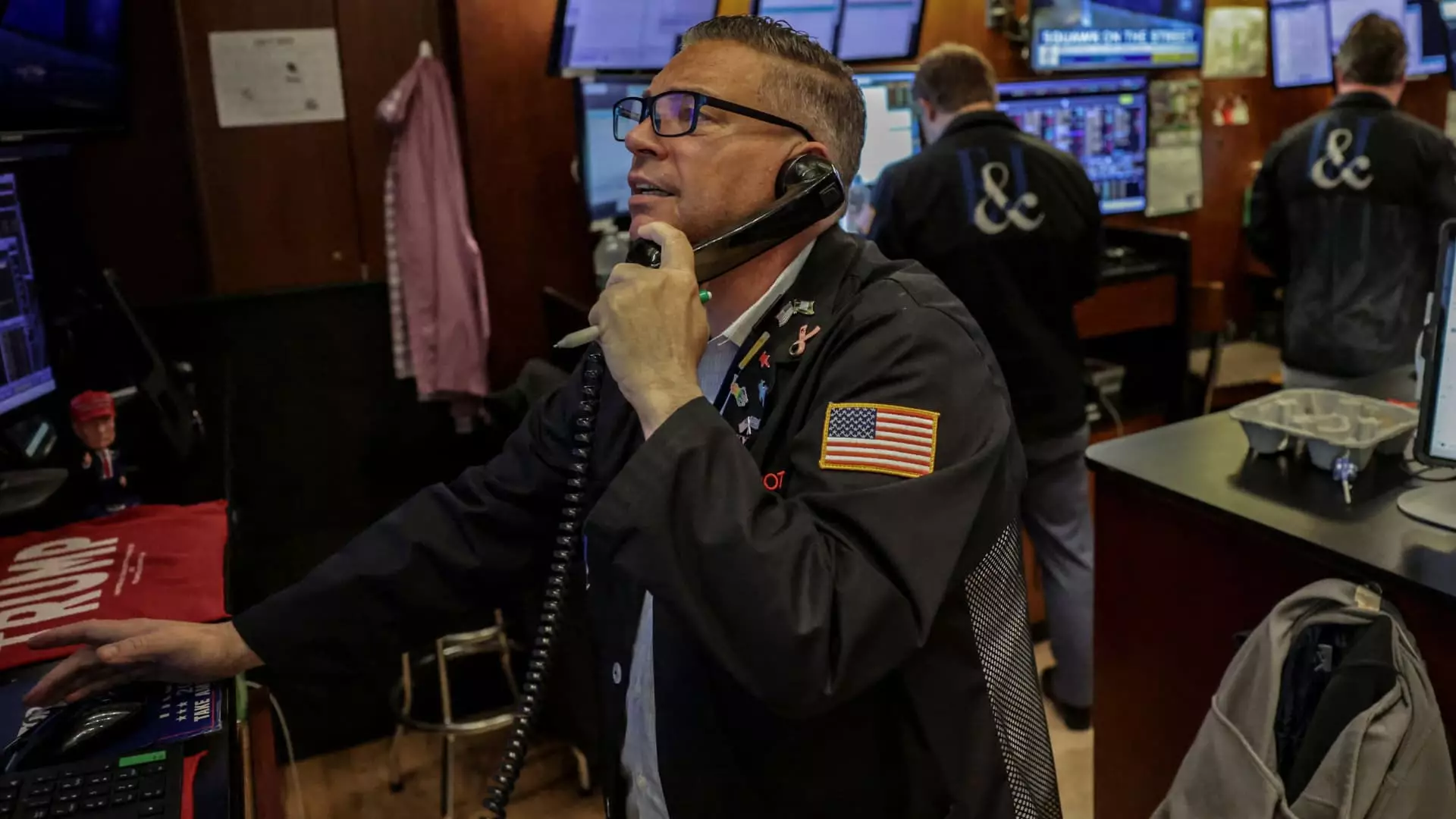The recent surge in the stock market, driven by relentless buying and record-breaking highs, raises a critical question: is this a sustainable rally or merely an inflated illusion fueled by temporary optimism? While many investors and analysts tout the resurgence as a sign of economic resilience, a deeper examination reveals underlying vulnerabilities. The relentless melt-up, which has spurred shorts to flee and doves to declare victory, may be more a product of herd mentality and monetary stimuli than genuine growth signals. The belief that markets will continue to rise effortlessly overlooks the risks associated with overleveraged positions, irrational exuberance, and the absence of fundamental backing.
Market participants are, quite frankly, riding on a high wave of sentiment, not solid economic indicators. The recent inflows of cash into equity markets, especially from previously underinvested funds, suggest a fear of missing out rather than conviction in economic prospects. This creates a dangerous dependency on continued upward momentum—which in reality is fragile, especially when fueled by options strategies designed for short-term gains rather than long-term stability.
Economic Data and Inflation: Mirage or Reality?
One of the main catalysts cited for this rally is the perceived reduction in inflationary pressures, which have historically been central to market performance. The narrative is that lower inflation, driven by trade tariffs or other factors, paves the way for looser monetary policies and further stimulus—fueling equities higher. But this optimism risks overlooking the complexities beneath the surface. Inflation remains subdued not necessarily because of strong supply chains or genuine economic vigor but because of temporary factors like inventory adjustments or lagging price signals.
Furthermore, the robust earnings season, while promising on the surface, should be approached with caution. The impressive beat rate of 93% among early reported companies might reflect the benefits of cost-cutting, share repurchases, or procurement adjustments rather than true revenue growth. Relying solely on these numbers to justify further ascent in indices ignores potential future headwinds such as rising interest rates, geopolitical tensions, or inflationary surprises that could suddenly reverse this bullish tide.
The Power of Market Sentiment and Strategic Caution
Recent adjustments in analyst price targets serve as a stark reminder that market sentiment is anything but static. The initial panic-driven sell-off following trade tariff fears caused the VIX to spike over 60, a clear signal of heightened volatility expectations. Yet, now many strategists are revising these targets upward, creating an environment where complacency could easily take hold.
This dynamic showcases a critical reality: markets are increasingly driven by expectations and narrative shifts rather than tangible fundamentals. The use of options, such as call spreads or outright calls, signifies an attempt by traders to hedge against this uncertainty without overcommitting. Strategically, owning call options as a stock replacement makes sense in a parabolic rally, allowing investors to participate in upside gains while limiting downside exposure. However, such tactics can become problematic if the rally exhausts itself—especially when the underlying complacency and overleveraging reach unsustainable levels.
The current environment demands vigilance. Overconfidence, driven by record cash holdings and a bullish narrative, could swiftly turn sour if external shocks occur. Yet, some investors prefer to stay the course, employing options to define risk rather than risking more on overpriced assets. This nuanced approach—balancing aggression with prudence—embodies a sober awareness of how thin the veneer of strength truly is. Ultimately, markets may well prove to be a house of cards, with sentiment shifts capable of collapsing gains built on speculation rather than solid fundamentals.

